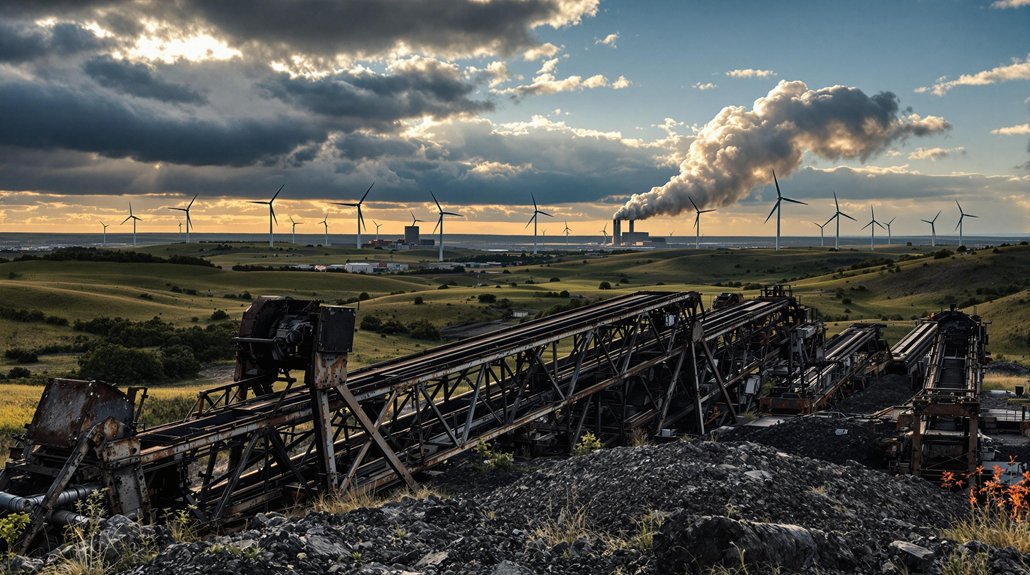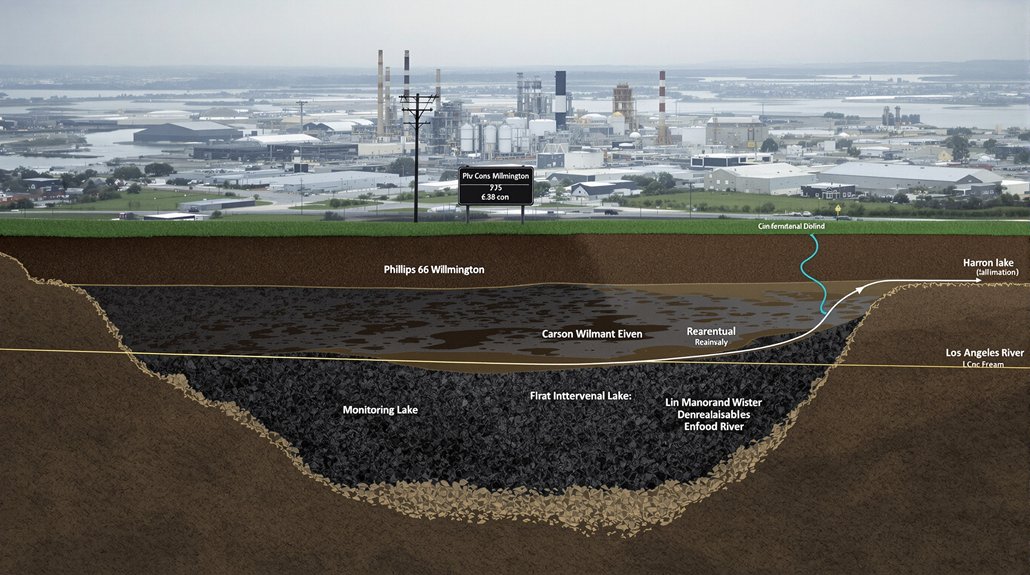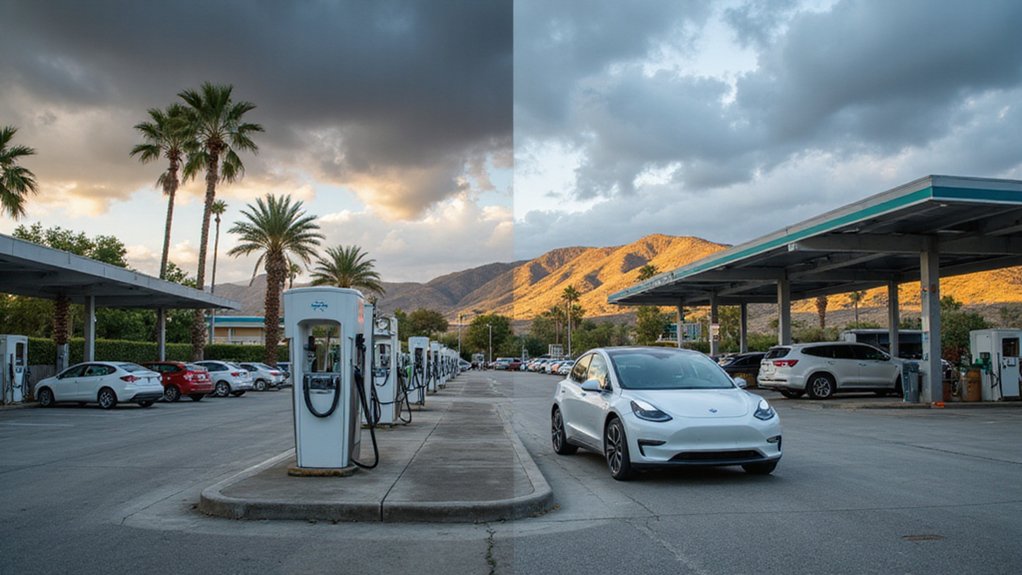Plant Miller in Alabama, America’s biggest climate polluter for eight years straight, is fighting against stricter clean air regulations. Owned by Southern Co., the plant released nearly 23 million tons of CO2 in 2021, equivalent to adding 30 million cars to roads. It operates at 83% capacity while nearby communities suffer health problems. The battle highlights tensions between environmental protection and business interests across America’s energy landscape.
A giant cloud of carbon dioxide rises each day from Plant Miller in Alabama, America’s biggest climate polluter for eight straight years. In 2021, Miller released nearly 23 million tons of CO2, which was 5 million tons more than the second-worst polluter in the country. That’s like adding 30 million cars to the road.
The plant’s massive size plays a role in its pollution problem. With a capacity of 2,820 megawatts, it’s the fifth-largest coal plant in the United States. But what makes Miller stand out is how often it runs. While the average coal plant in America operates at just 49% capacity, Miller runs at 83% – keeping its smokestacks busy almost non-stop.
People living near Plant Miller face serious health risks. The pollution leads to more breathing problems, heart disease, and other health issues. These problems hit hardest in poorer communities near the plant. Beyond human health, the emissions worsen climate change, leading to more extreme weather across the country.
Despite these dangers, the plant’s owners are fighting against stricter clean air rules. They claim new regulations would cost too much money and hurt their business. This resistance has led to court battles as the Environmental Protection Agency tries to enforce the Clean Air Act to protect public health. Southern Co., the plant’s owner, has publicly committed to achieving net-zero emissions by 2050, even while continuing to operate this major polluter.
The situation highlights a growing divide in America’s energy landscape. While coal use is dropping nationwide, super-polluters like Miller keep running at high capacity. 100 most polluting plants are responsible for 44% of all power sector emissions while generating only 19% of electricity. The plant makes a lot of money for its owners, who don’t want to spend on cleaner technology or switch to renewable energy. Coal combustion represents 55% of CO2 emissions from the U.S. electricity sector, making plants like Miller significant contributors to national greenhouse gas output.
Experts point out that clean energy alternatives like wind and solar produce far fewer emissions. But without stronger enforcement of environmental rules, plants like Miller can continue to pollute. As debates about climate change grow more urgent, America’s biggest CO2 emitter shows how challenging the shift to cleaner energy can be.








